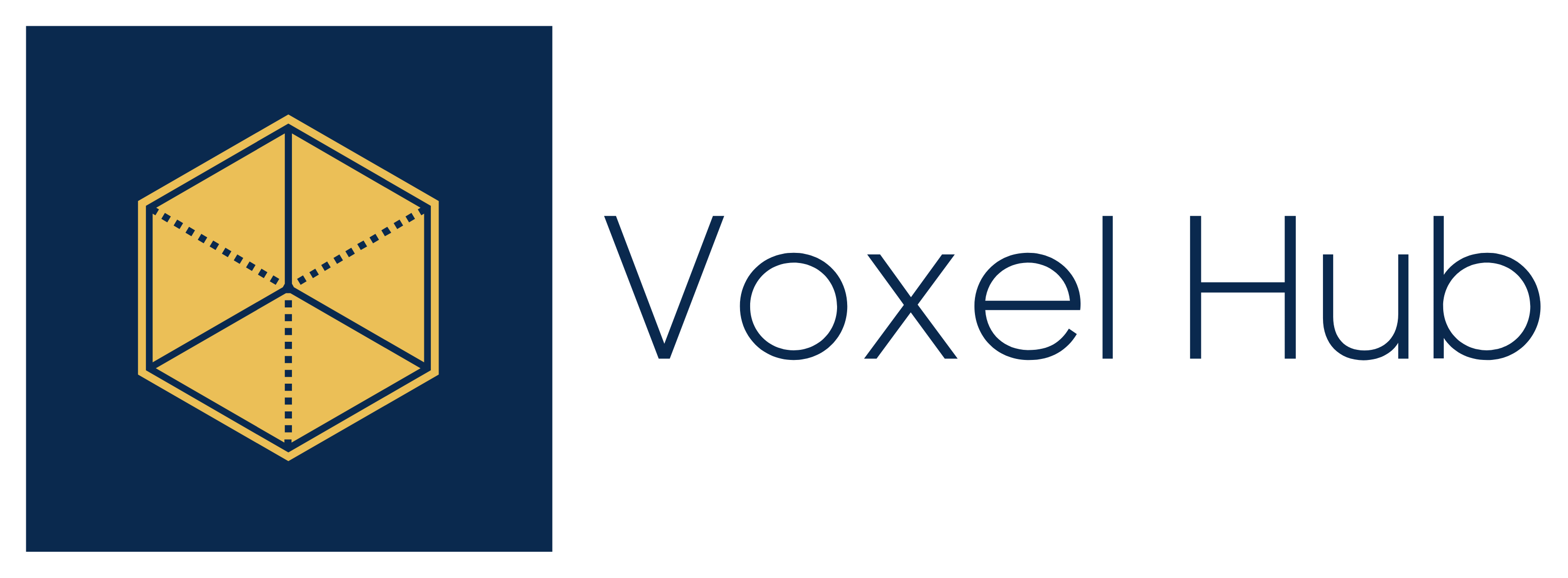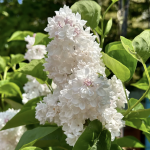On our online presences
Good morning. I hope this weekend starts softly for you. Here, in Bristol, it’s sunny…so sunny I cannot get enough of it. We had a long, dark and cold autumn, winter and spring, so those few days of sunshine cheer me up. And everything is in boom!
The trees are opening their flowers in preparation for autumnal crops.
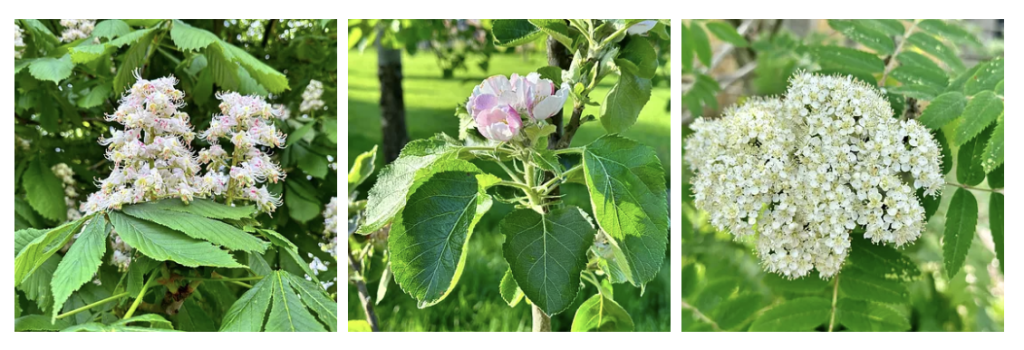
The allotment is full of spring and summer flowers too.
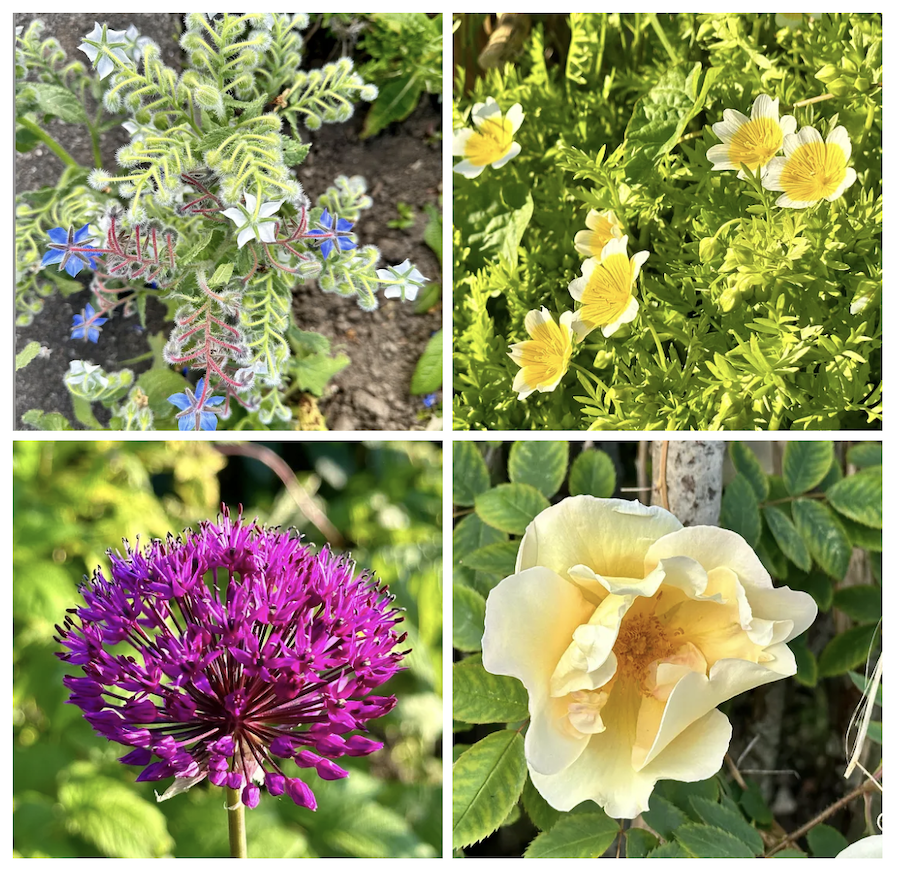
And our late tulips and daffodils finally brighten up the patio.
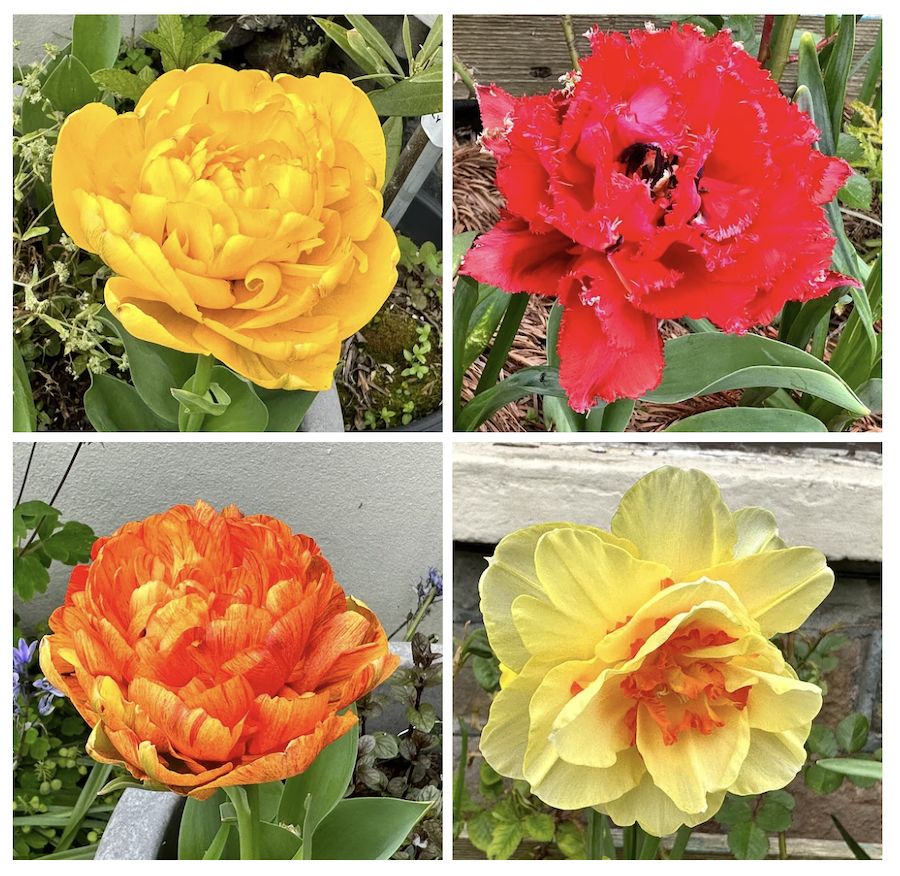
All this colour, energy and beautiful scents improve our mood – I take every moment I can make to sit out in the garden, pause on the way into the house, cycle to the allotment to water the plants – to take all this life in.
After admitting openly to myself that for effective work, I do need to spend one day of my weekend on studies and volunteering (my form of rest and restoration), I now officially work six days per week. This means I make the most of the remaining day – I make time for family and friends, slowly catching up and reconnecting with everyone. Having a sense of alignment and balance in my life is good. After six years of studies, it feels like I am gradually steadying the ship of my life journey. I am getting there.
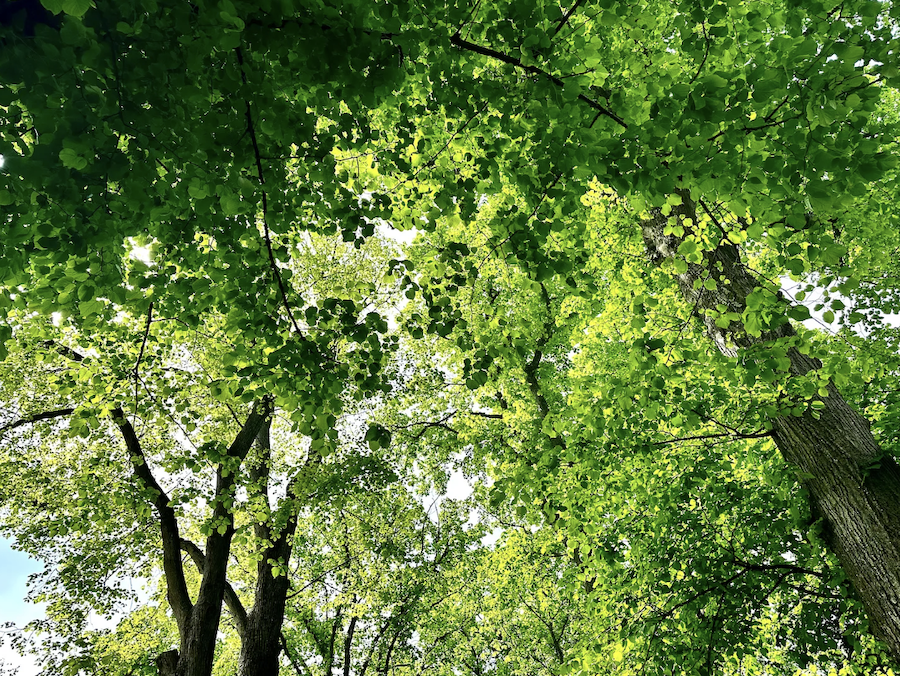
One theme that emerged from the books I read recently and art exhibitions I have seen recently is the notion of landscapes – flat lines, horizons, the directionality of life, and our diverse need to inhibit physical spaces. Each of us has a story. Life is inherently traumatic. Our ancestors, our childhood and our experiences on the life journey impact how we show up in this world and how we see it as safe and fit for our presence. A lot of the work that I do with my clients centres around liberation, thus, our agency to become more aware of the landscapes we enter and our views to explore a possibility of magic then: sometimes small adjustments to feel healthier, but mostly huge shifts, conjuring up newer, more nurturing spaces and dreaming up a healthier, better future.
All of this happens is experiences and can be shifted online, too. Let’s remember that digital landscapes are fluidly interconnected with your grounded reality. Our social connections flow from and online without us even noticing. Technology is deeply embedded in our daily activities, so it can be hard to unpick and identify sources of challenges when the very same helpful technologies start to feel overwhelming. For our own wellbeing, it is sometimes critical to step back, pull away, and review those digital landscapes.
People tend to compare social networks (Facebook, for example) to drugs that are addictive to our system, but that comparison is hugely unhelpful and incredibly naive. A better way of thinking about a social platform is to imagine that it is a city – a landscape that hosts (and, yes, tracks) our content, interactions, behaviours and preferences. Entering the space means we are opening ourselves to some level of public visibility and interacting with the platform itself – just like we interact with the new country and it’s “rules of the road” if you like. Every month, 3,3 billion people visit Facebook country, and we all play by the Facebook rules but also have a multitude of choices to curate our sources, define our networks, and post or react to content. All those choices and actions define our digital footprint (we even call it this way) and our web shadow (the trace we leave online). We need to learn how the rules of the Facebook country work and, from time to time, review our reasons for being in that space.
(Reflection)
Today, I invite you to map out your personal digital landscape. It’s an exercise we usually do when designing or auditing brands’ social media presence. However, each of us is a brand online, so it can easily be done for an individual too.
- List your “countries”. List all the leading social media channels you are active on. List all the secondary channels you are sometimes on. Add to the list all digital tools that you use where you log in with a username.
- Group your “countries” – I usually group them by priority (primary, secondary, other), use (work, private, specific projects), type of content (text, image, video, audio, mixed media), type of activities (blogging, microblogging, image sharing, bookmarking, reviewing, shopping, learning, socialising, collaborating etc.), my needs (to connect, to learn, to collaborate, to rest, to have fun, to document and journal). You can choose any lens for this exercise.
- Get creative – write, doodle, draw, collage, journal – to create a map of your digital landscape. If I do this for work, yes, I use a slide in a presentation and map it out in a spreadsheet if needed. But if I do it for myself, I doodle, draw word maps, and include colours and post-its. Sometimes, I use a moldboard app to pull in images for each platform and play around with those on my iPad.
- Reflect and reevaluate – when your landscape is ready, step back and reflect: What do I like about this setup? What have I learned about my online behaviours? What can I do to improve it to serve my wellbeing better?
- Commit to action – remember, it’s perfectly fine to unfollow people and brands if they impact your wellbeing negatively, and it’s okay to leave an online space if it’s toxic. These are indeed complex but still virtual spaces, and the beauty of virtual spaces is the fact that we can make them work for us.
- Notice blocks – the challenge with digital landscapes is our offline reality. It is possible that you may have to enter some spaces for work or because your family and friends are there. In those cases, pay attention to what options are available to you and use those. Maybe you can use alternative platforms, or maybe you can limit what you see and how you interact with those spaces. Be creative and keep your wellbeing in mind.
(I am off to the allotment, my restorative space, to sniff the roses and water the beetroot that this year is looking stunning. I cannot wait to pop it into our summer salads. I wish you a light rest of the weekend!)
This post was originally posted on Substack in our Syl’s Liberation Psychologies Newsletter.
